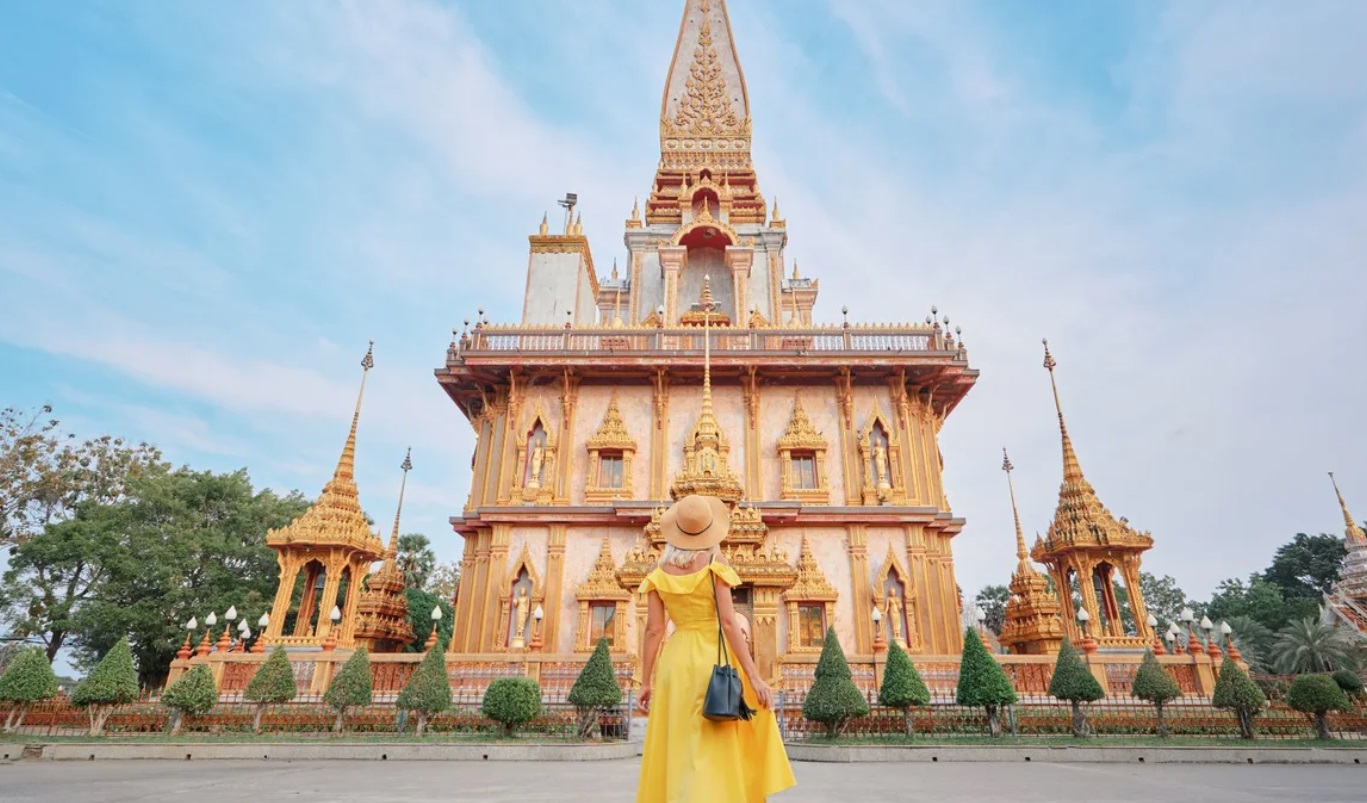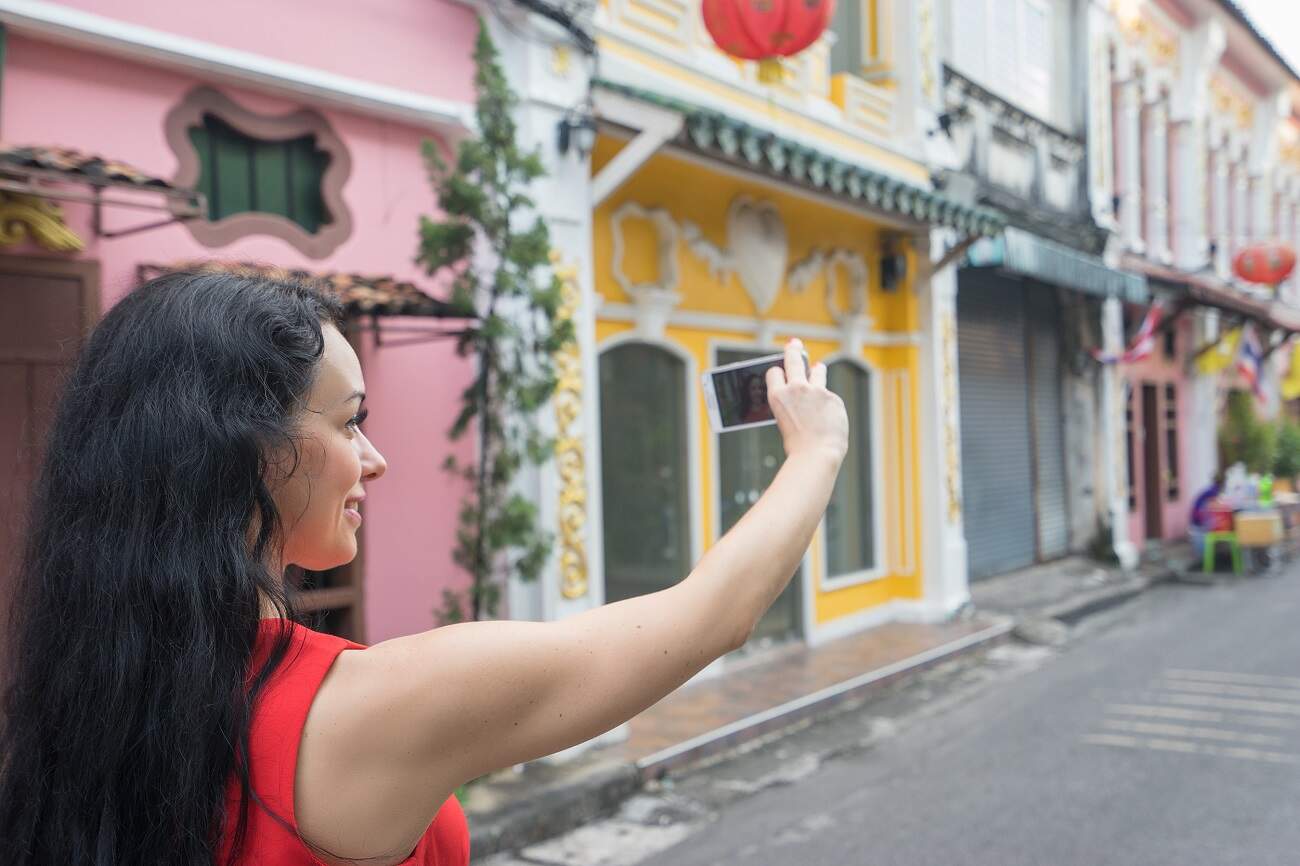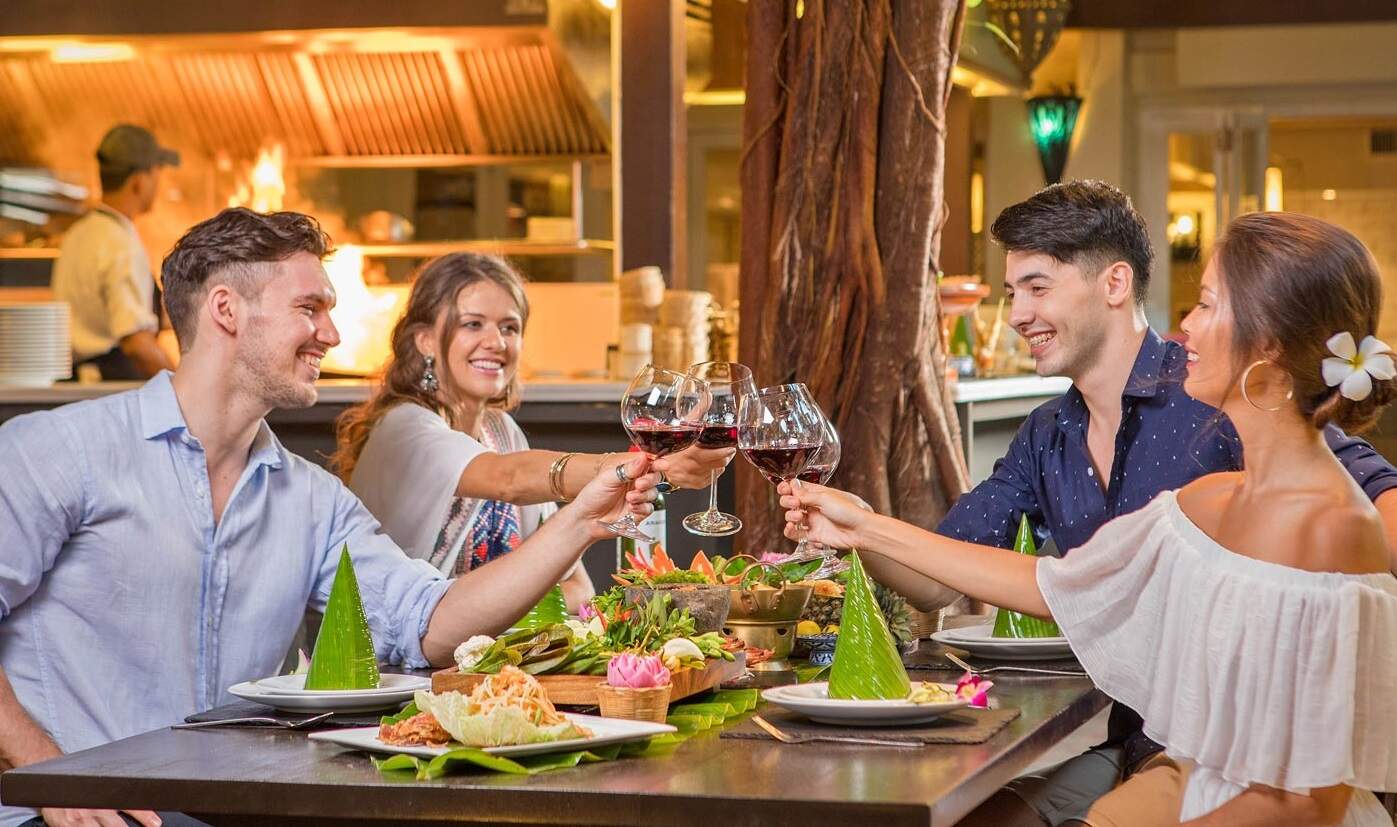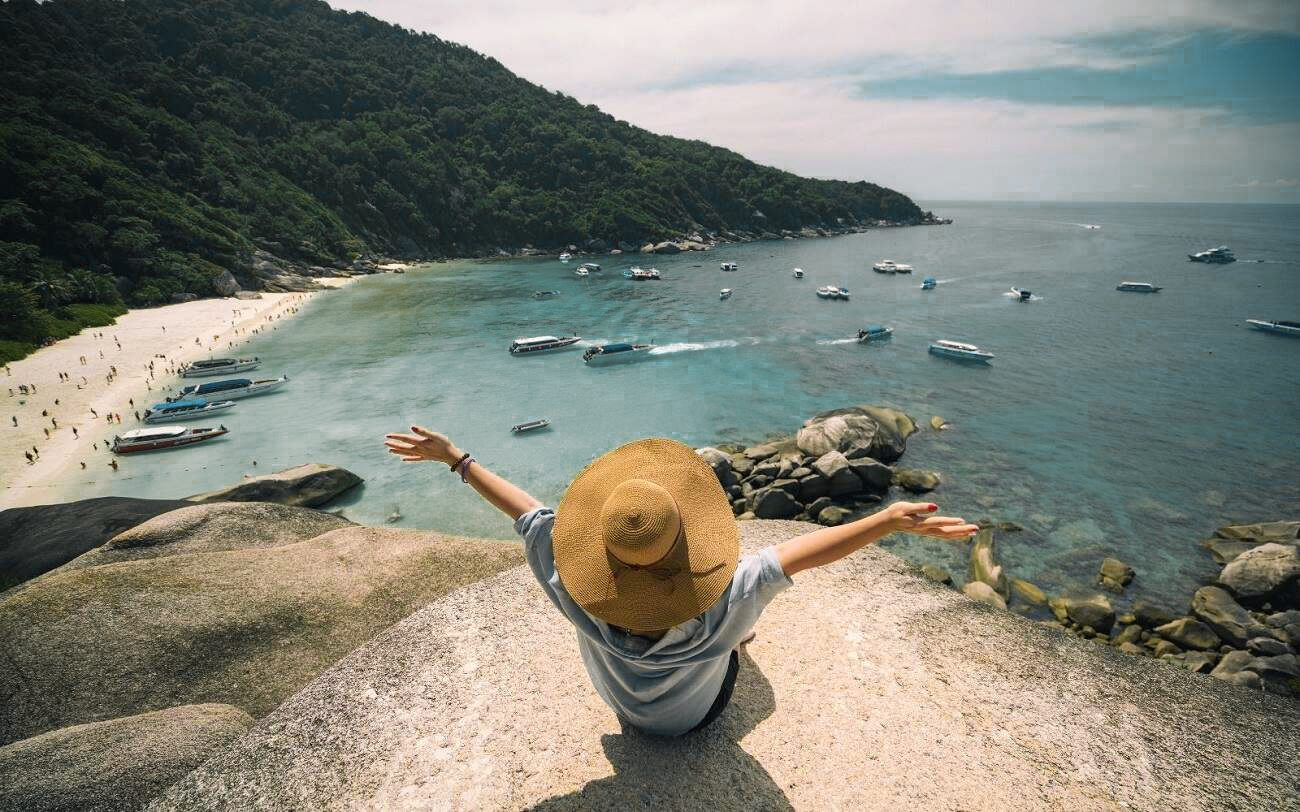Phuket has long been celebrated as one of Southeast Asia’s most beloved beach destinations, but its story didn’t begin with tourism. Decades before beach resorts and five-star spas took root, the island was known for tin mining, rubber plantations, and a bustling trade scene influenced heavily by Chinese immigrants. Over time, as Phuket transformed into a global travel hotspot, much of its charm lay not just in its beaches but in its layers of history and culture.
In recent years, a new wave of tourism has emerged—one rooted in the past rather than the present. Known as nostalgia tourism, this trend is redefining how travelers experience destinations like Phuket. It taps into a yearning to revisit the places, traditions, and memories that evoke a sense of familiarity and emotion. For Phuket, this means that its historic towns, age-old cuisine, and cultural heritage are stepping back into the spotlight.
Understanding Nostalgia Tourism

At its core, nostalgia tourism involves visiting places that evoke personal or collective memories—whether from one’s own childhood or from a time admired for its perceived authenticity and charm. Its roots can be traced back to the Romantic movement of the 18th and 19th centuries, which emphasized the emotional value of history, tradition, and memory.
Today, nostalgia tourism resonates across generations. As people grow increasingly weary of fast-paced, tech-saturated lifestyles, many are turning to travel as a way to reconnect—with themselves, with loved ones, and with simpler times. Millennials are revisiting childhood vacation spots with their children, while older generations are returning to places steeped in personal or historical significance.
In 2025, nostalgia tourism has firmly taken its place as a significant force in the industry. A study by Hilton found that 58% of travelers with children plan to revisit places from their own childhoods this year, aiming to recreate cherished experiences and pass them on to the next generation. Another report by Campspot highlights that 72% of travelers are pursuing nostalgic outdoor vacations—road trips, family camping, and heritage-focused explorations—to find relief from modern-day stress. Globally, this emotional connection to travel is reshaping preferences. In the Asia-Pacific region, where Phuket lies, the heritage tourism market (which includes nostalgia tourism) is expected to grow from USD 277.96 billion in 2023 to USD 597.15 billion by 2034, with an annual growth rate of 7.19%. Clearly, the past is making a powerful comeback.
Phuket’s Historical and Cultural Tapestry

Phuket’s nostalgic charm is deeply tied to its multicultural past. Before it became a tourism powerhouse, the island thrived on tin mining and rubber plantations, drawing Chinese immigrants who left a lasting imprint on its cultural identity. Their influence is evident in everything from family-run eateries to Chinese shrines and traditional festivals.
One of the most iconic expressions of this heritage is the island’s architecture—particularly in Phuket Old Town. The area’s Sino-Portuguese mansions and pastel-hued shophouses reflect a colonial legacy that has been carefully preserved. Visitors can stroll along quiet streets lined with wooden shutters and tiled facades, stepping into scenes that feel frozen in time.
Cultural landmarks also tell the story of a vibrant, multifaceted Phuket. Temples like Wat Chalong and Jui Tui Shrine remain central to local spiritual life, while bustling markets and street festivals bring ancient customs to life. Annual events such as the Phuket Vegetarian Festival blend tradition and spectacle in a way that connects locals and visitors alike to the island’s enduring cultural roots.
Nostalgic Experiences in Modern Phuket
Nowhere is nostalgia more palpable than in Phuket Old Town. Once a sleepy administrative district, the area has been revived into a haven for travelers who appreciate vintage aesthetics and slow travel. Boutique cafes, museums, and art galleries are tucked inside century-old buildings, offering an eclectic mix of old and new. It’s a magnet for history enthusiasts, photographers, and anyone curious about Phuket’s lesser-known side.
Related article:
Beyond the town’s charm, travelers are also discovering Phuket’s hidden corners—places that recall the tranquility and simplicity of earlier decades. Quiet beaches like Ao Sane and Laem Ka offer a contrast to the island’s more commercialized shores, inviting visitors to relax in settings untouched by mass tourism. Scenic routes through the island’s interior, dotted with rubber trees and old villages, present an opportunity for reflection and discovery.
Related articles: Spotlight on Phuket Old Town; The Ultimate Guide to Phuket Beaches (Part 2)
Flavorful Memories and Authentic Island Living

Culinary exploration is another powerful way to experience nostalgia. Phuket’s food scene includes traditional eateries that have served the same recipes for generations. Whether it’s a bowl of Hokkien noodles, a rich plate of moo hong (braised pork belly), or roti with Thai tea, each dish tells a story of cultural exchange and familial heritage. Food tours and cooking classes are popular ways to connect with these traditions while indulging the senses.
Even accommodations have joined the movement. Today, many hotels and resorts, as well as private villas in Phuket often blend modern comforts with historical aesthetics—incorporating traditional Thai architecture, antique furnishings, and local artworks that reflect the island’s identity. These thoughtfully designed spaces allow guests to experience the best of both worlds: luxury and authenticity.
Related article: Travel Game-Changers: How Cooking Classes in Bali, Koh Samui, and Phuket Enhance Your Vacation
Where the Past Enriches the Present
Nostalgia tourism is breathing new life into Phuket’s identity. While the island remains celebrated for its best beaches and vibrant nightlife, it’s the cultural depth and emotional resonance of its past that are captivating a new wave of travelers. This shift offers not only a richer experience for visitors but also a more sustainable model of tourism—one that values preservation, storytelling, and community engagement.
Looking forward, nostalgia tourism is likely to drive increased investment in heritage conservation, cultural programming, and the development of immersive, meaningful experiences. For Phuket, embracing its past could be the key to a more balanced and enduring tourism future.
For those seeking more than just a vacation—for those yearning to remember, reconnect, and rediscover—Phuket’s nostalgic charm offers a journey that lingers long after the trip is over.
–
Featured Image: Krabi Sunset Cruises







